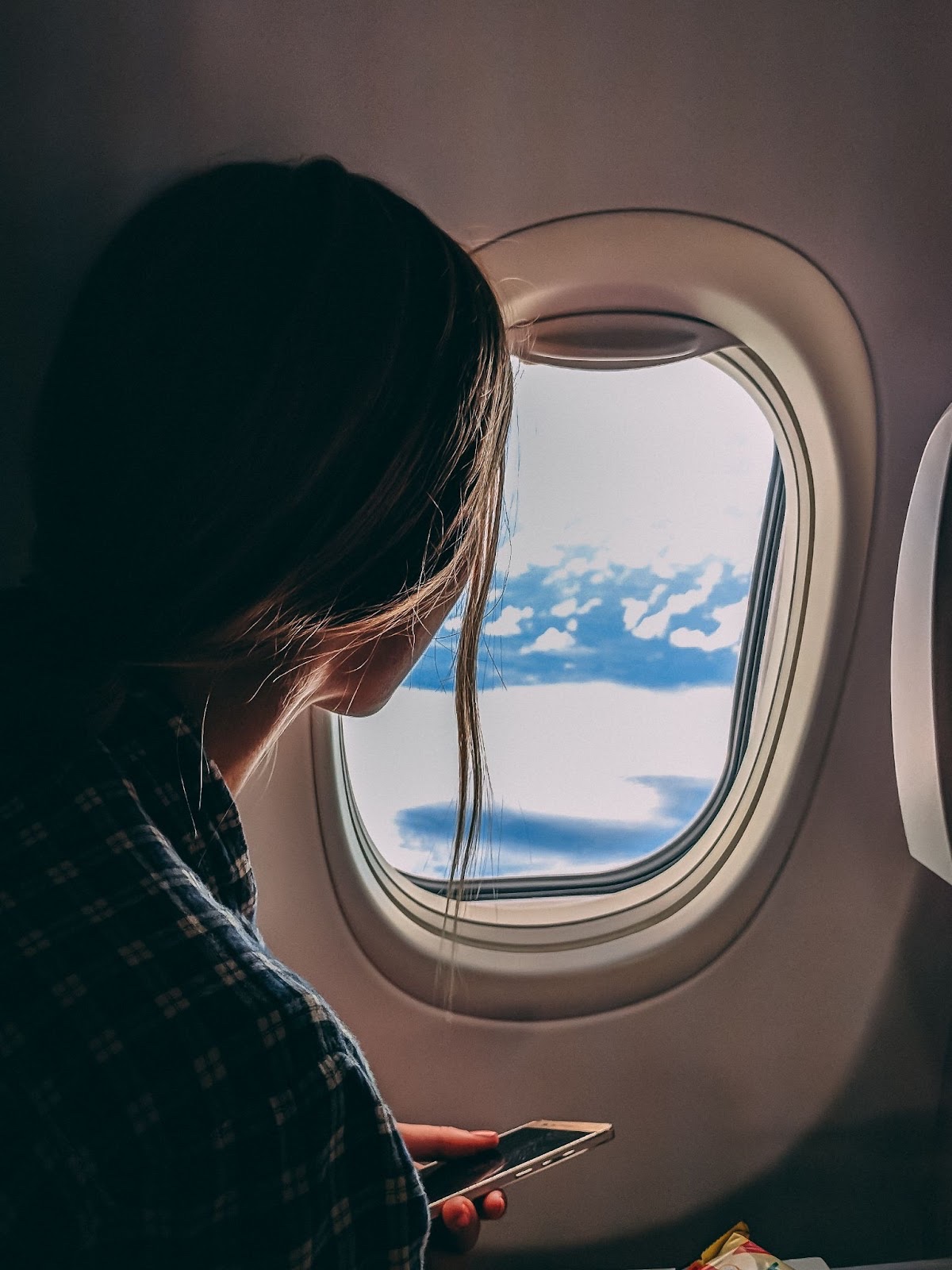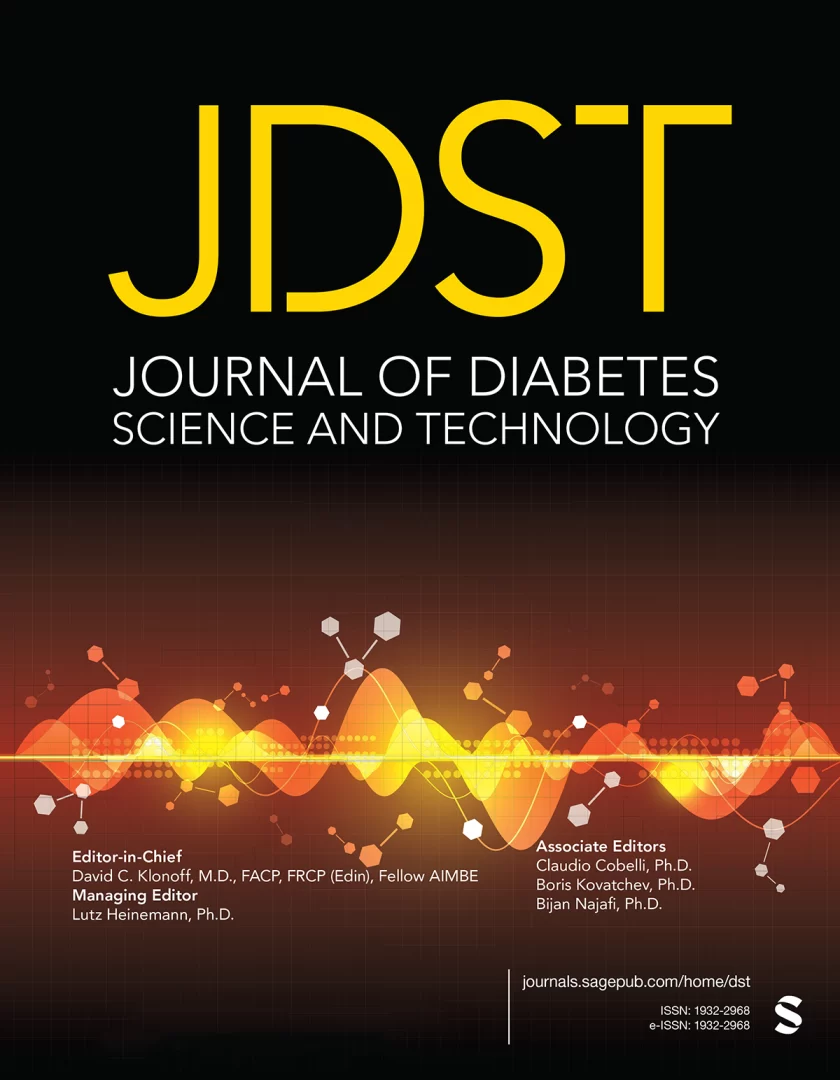Traveling across time zones with your diabetes devices

Original Article: https://www.sciencedirect.com/science/article/abs/pii/S1530891X2300472X
Airplane mode
When traveling, we turn our phones on airplane mode during takeoff and landing, but what about other devices? More and more people living with diabetes are using wearable and other technologies. These include insulin pumps and continuous glucose monitors (CGM) which when combined are the hardware of any hybrid closed loop system. Many people with diabetes still use a blood glucose monitor. For most devices to work effectively, they often need to be connected wirelessly with the cloud to send the health information to a smartphone.
Preparation is key
Preparing for long flights is very important for safe air travel.However, on a plane, it might not be possible for diabetes devices to communicate with the cloud. Therefore, it is important to know what to do during a long-haul flight across multiple time zones. Time zone changes also alter the timing of an insulin dose or a daily dose of other diabetes medications.
FAA and TSA
The United States Federal Aviation Administration (FAA) and Transportation Security Administration (TSA) have rules to be sure that devices used on planes will be safe. Device manufacturers must work with the government to make the devices safe for air travel.
Traveling with insulin is safe
The Diabetes Technology Society has recently published a review of the currently available guidance for traveling with diabetes devices. They concluded that this is safe but people with diabetes need to be aware of what to do at all stages of travel – preparation, at the airport, on the plane and at the destination. Manufacturers have worked with the FAA to make sure that wireless diabetes devices are safe with adequate communication available between sensors and monitors or controllers. In rare situations where wireless control is not possible between systems, then a person with diabetes must use a visual reading and a manual controller. Given the efforts of stakeholders in safe travel, including manufacturers, airlines, TSA, and the FAA, it is possible for a PWD using insulin to travel on a long-haul flight with the use of sophisticated devices and at the same time to experience minimal disruption of their lifestyle

